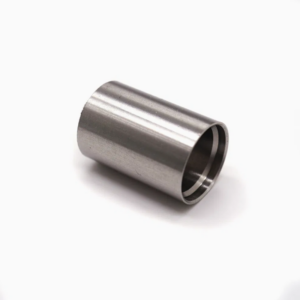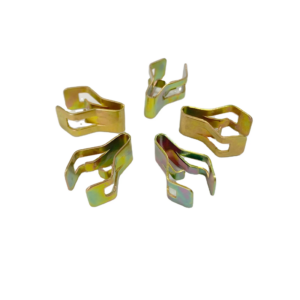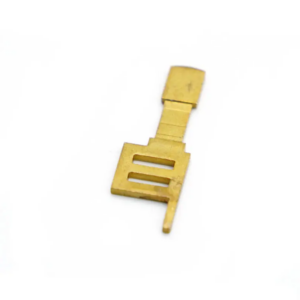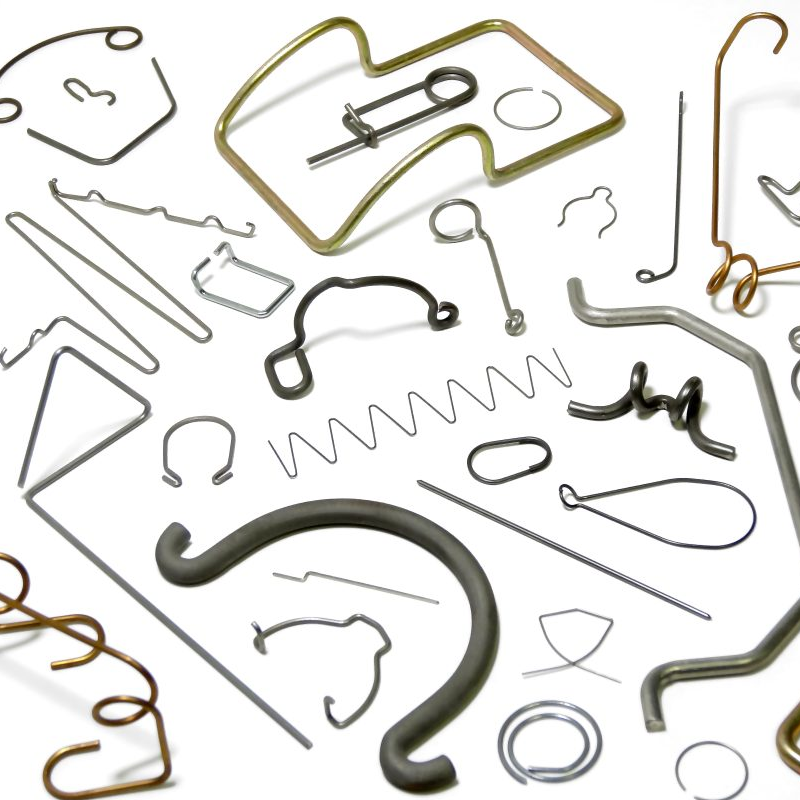In the world of precision manufacturing, wire forming is an essential technique used to produce intricate components for a wide range of industries. From automotive and aerospace to medical devices and consumer electronics, wire forming plays a pivotal role in creating high-quality, functional, and durable parts. Whether you need complex wire components like springs, clips, or fasteners, understanding the wire forming process can provide a significant advantage in both design and manufacturing efficiency. This article will delve into the core principles of wire forming, its various methods, and applications, while highlighting the production capabilities and advantages of Plantmetal, your trusted partner in precision metalworking.
What is Formage de Fil?
Wire forming is a process that involves shaping, bending, cutting, and assembling metal wires into various shapes and structures to meet specific application requirements. This versatile technique is used to produce parts ranging from simple hooks and fasteners to more complex components such as springs, clips, and brackets. The goal is to transform raw metal wire—typically made of materials like stainless steel, brass, or copper—into a functional component for various industries.
What sets wire forming apart is the combination of artistry and engineering. Using a variety of tools, machines, and technologies, wire is manipulated precisely to meet functional and aesthetic needs. The process requires a deep understanding of the material’s properties, as well as the ability to use the appropriate machinery to achieve the desired shapes and dimensions. Whether creating intricate parts for electronics or robust automotive components, wire forming is a critical process that ensures high quality and reliability.

Key Stages of the Wire Forming Process
Wire forming involves several crucial stages, each ensuring the final product meets the necessary specifications and tolerances. Below, we break down the key phases of the wire forming process:
1. Sélection des matériaux
The first step in wire forming is selecting the appropriate wire material. The choice of metal depends on the specific requirements of the final product. Stainless steel is commonly used for its strength and corrosion resistance, while brass and copper are often chosen for their electrical conductivity and malleability. Each material has its own set of properties, such as tensile strength, flexibility, and resistance to environmental factors, making it crucial to choose the right material for the job.
2. Wire Straightening
Wire often comes in coils, which can be bent or curved. To ensure precision in the subsequent stages, the wire is straightened using specialized machinery. Straightening the wire ensures that the metal is uniform and free of kinks, which is essential for achieving high-quality wire forms in later steps.
3. Cutting
After the wire is straightened, it is cut to the required length. Accuracy in the cutting stage is crucial, as the length of the wire directly impacts the final dimensions of the finished part. This step is essential for ensuring that the wire can be accurately shaped into its intended form.
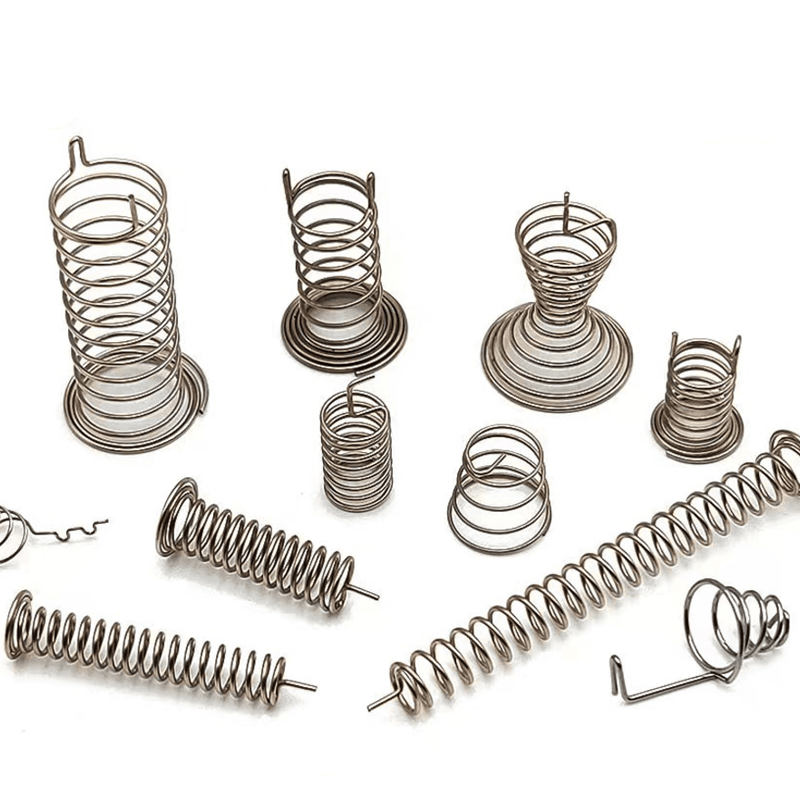
4. Bending and Shaping
The most critical stage in wire forming is the bending and shaping of the wire. Using advanced machines, such as CNC wire forming equipment, operators bend and manipulate the wire into specific shapes. Whether it’s forming coils, hooks, or clips, this step transforms the raw material into a finished part. CNC technology ensures high precision and repeatability, making it ideal for both low- and high-volume production runs.
5. Heat Treatment
In certain applications, wire forms may undergo heat treatment to enhance their mechanical properties. Heat treatment involves heating the wire to a specific temperature and then rapidly cooling it to achieve the desired hardness, strength, or flexibility. This process improves the durability of the wire form, making it better suited for demanding applications such as automotive suspension systems or aerospace components.
6. Finishing
Finally, the wire forms undergo various finishing treatments, including coating, plating, or polishing. These treatments serve multiple purposes: they can prevent corrosion, improve electrical conductivity, or simply enhance the appearance of the finished product. Finishing is crucial for improving the functionality and longevity of wire forms in different industries.
Common Methods of Wire Forming
Wire forming can be achieved through various methods, each tailored to specific production needs. Some of the most commonly used techniques include:
Manual Wire Forming
Manual wire forming involves the use of hand tools and basic machinery to shape wire. This method is best suited for low-volume, custom projects where high precision and intricate designs are required. Manual wire forming allows for a high degree of flexibility but may not be suitable for large-scale production runs.
Coil Wire Forming
Coil wire forming is a specialized technique used to create springs and other helical components. A mandrel is used to wind the wire into coils, making it ideal for producing compression springs, torsion springs, and other components that require elasticity and flexibility.
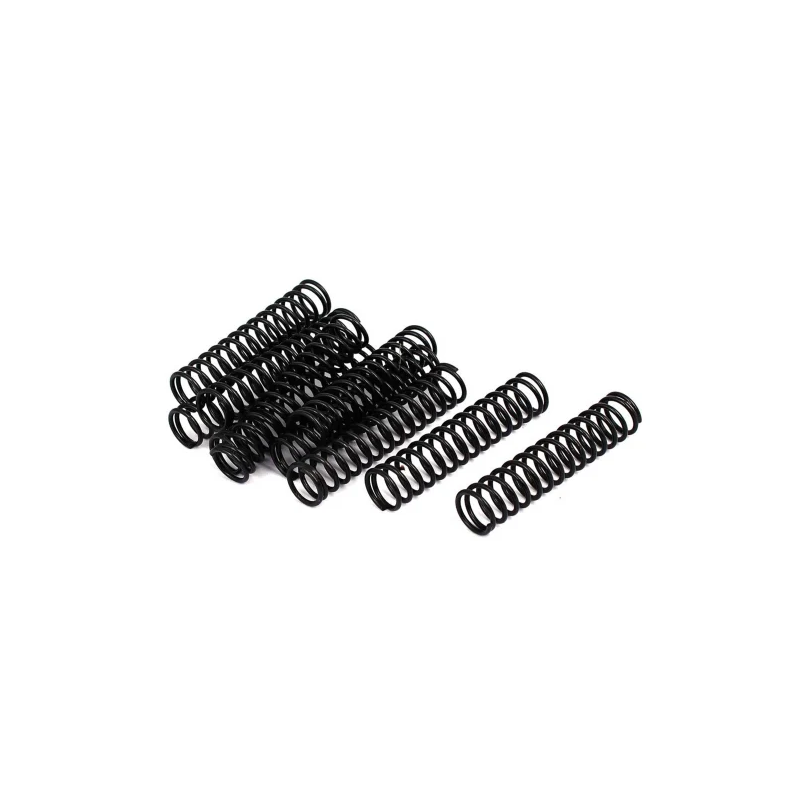
Roll Wire Forming
Roll wire forming passes wire through a series of rollers that gradually shape it into specific profiles, such as clips or pins. This method is commonly used for high-volume production runs where consistent shapes and sizes are necessary.
Bending Wire Forming
Bending wire forming uses CNC machines to bend wire into precise shapes. This technique is highly versatile and can be used to create complex shapes, such as automotive seat frames or medical device components. The use of CNC technology ensures accurate and repeatable results.
Fourslide Wire Forming
Fourslide wire forming is a high-precision method that employs multiple tools to approach the wire from different angles. This technique is ideal for producing intricate parts with complex bends, such as electrical connectors, clips, and other small components.
Hydraulic and Pneumatic Wire Forming
Hydraulic and pneumatic wire forming use pressurized systems to shape thicker or stronger wires. Hydraulic systems offer high force and control, while pneumatic systems provide faster and more efficient production runs for medium- to high-volume manufacturing.
CNC Wire Bending
CNC wire bending is one of the most accurate methods available, utilizing computer-controlled machines to bend wire into precise shapes. This method offers quick setup times, flexibility, and high repeatability, making it ideal for both small and large production runs.

Applications of Wire Forming
Wire forming is used in a wide range of industries, and its applications are diverse. Some of the key sectors that benefit from wire forming include:
- Automotive: Producing components like seat frames, exhaust hangers, and brake clips.
- Medical Devices: Manufacturing surgical staples, orthodontic brackets, and implants.
- Aerospace: Creating safety wire, locking mechanisms, and fasteners.
- Electronics: Producing electrical connectors, terminals, and grounding clips.
- Home Appliances: Fabricating dishwasher racks, refrigerator shelves, and wire baskets.
- Retail Displays: Making hooks, product racks, and display shelving.
Wire forming ensures that components are precise, durable, and reliable, meeting the stringent demands of these diverse industries.
Plantmetal: Precision and Excellence in Metal Forming and Stamping
At Plantmetal, we specialize in providing high-quality wire forming services tailored to meet the needs of a wide range of industries. Our advanced capabilities in metal stamping, including deep drawing and progressive stamping, complement our wire forming expertise, enabling us to offer a comprehensive solution for your manufacturing needs.
Our state-of-the-art facilities feature cutting-edge CNC wire bending machines, hydraulic and pneumatic presses, and advanced heat treatment capabilities, allowing us to produce wire forms with unparalleled precision. We also offer secondary finishing services to ensure your wire forms meet all necessary functional and aesthetic requirements.
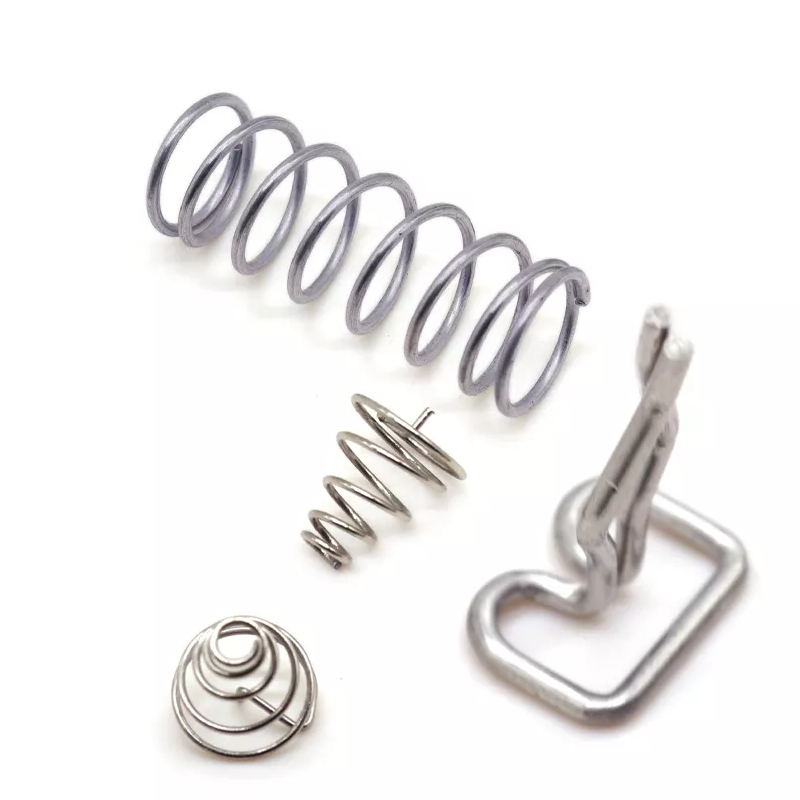
In addition to wire forming, we excel in deep drawing, progressive stamping, and other advanced metalworking techniques. Our deep drawing capabilities allow us to produce complex, deep-drawn parts, while our progressive stamping ensures high-speed, high-volume production of intricate parts with minimal waste. Whether you need precision metal stamping or custom wire forms, Plantmetal has the expertise to deliver top-tier results.
Get in Touch with Plantmetal for Your Wire Forming Needs
At Plantmetal, we are committed to delivering high-quality, precision-driven manufacturing solutions for all your wire forming and metal stamping needs. Our team of experts is dedicated to ensuring that every part we produce meets the highest standards of quality and performance. Whether you need a single prototype or high-volume production, we are here to help.
Contact us today to discuss your project and let us provide you with the wire forming and metal stamping solutions that will take your products to the next level. We look forward to partnering with you on your next project and helping you achieve success.

